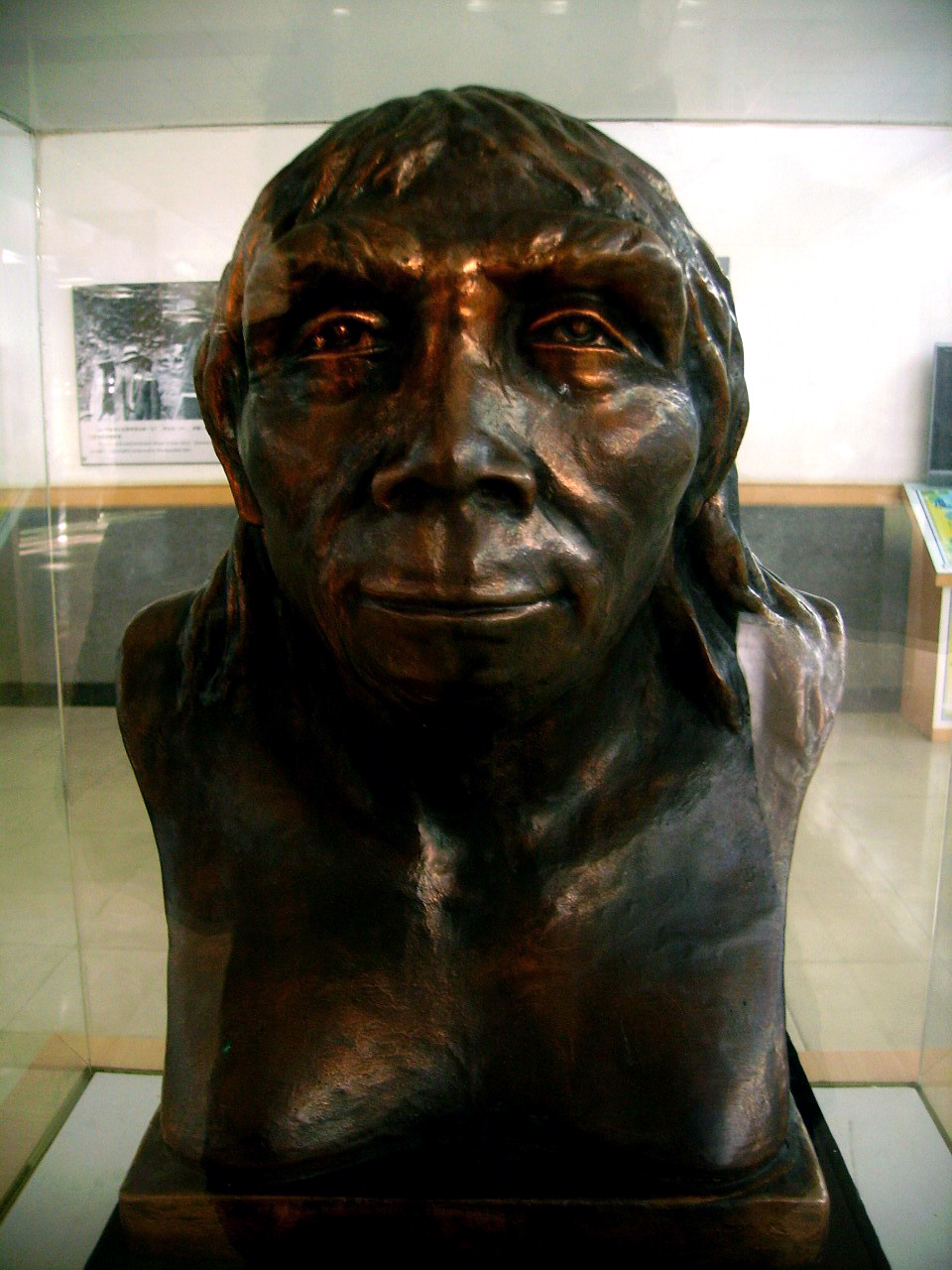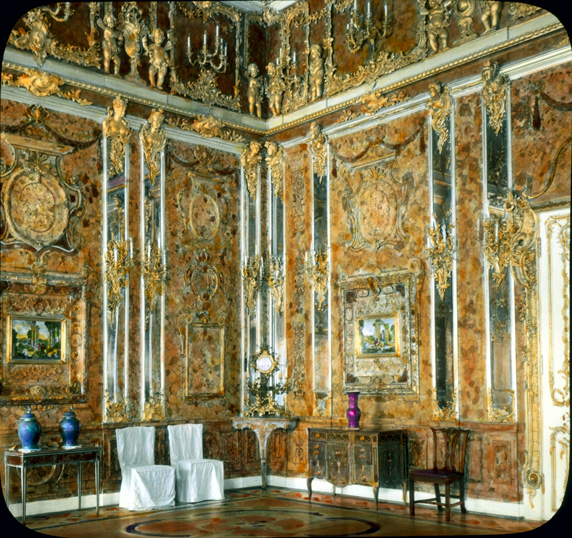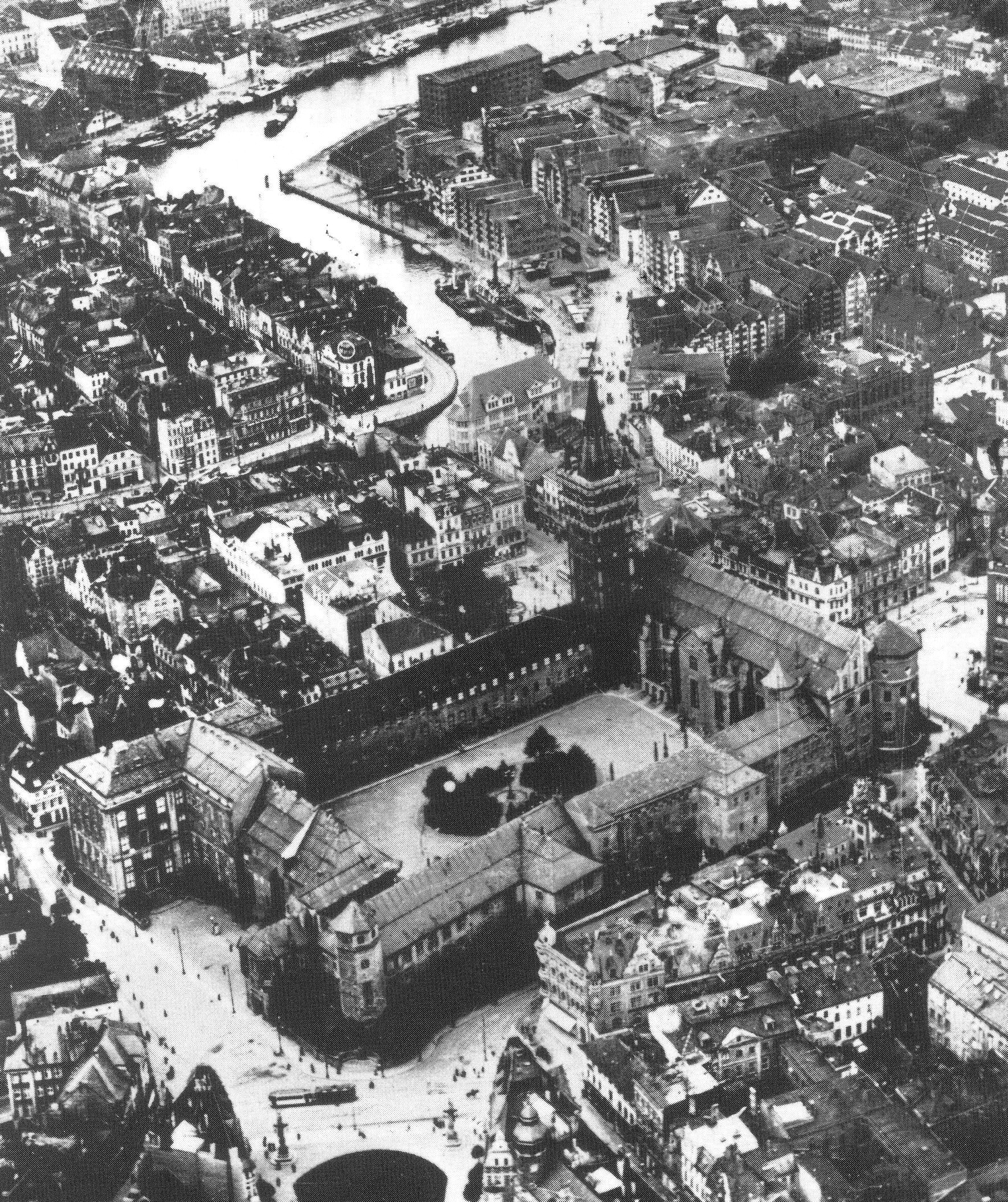Introduction
World War II was, undoubtedly a very chaotic time. The looting that took place all around the world, as well as nations wanting to secure their national treasures, meant that steps were taken to secure and transport their most valuable artefacts and repositories. In this list, we are examining some of the most famous artefacts of World War II that have never been recovered.
The Just Judges—1934
The Just Judges (or The Righteous Judges as it was also known) was the lower left panel of the Ghent Altarpiece, painted by Jan van Eyck or his brother Hubert van Eyck around 1430–32. The Altarpiece itself was a very large and complex early 15th century Early Flemish polyptych panel painting. The 12 panels fit together on hinges and could be opened and closed. They would give the viewer different views because they had images on both the back and front.
The panel in question supposedly showed portraits of several contemporary figures such as Philip the Good (Duke of Burgundy), and allegedly showed the artists themselves. In 1934, the panel was stolen and has never been located.
Before its theft, the panel was displayed at the Saint Bavo Cathedral in Ghent, Belgium along with the rest of the Ghent Altarpiece. On the night of April 10, 1934, it was stolen—allegedly—by the Belgian Arsène Goedertier. At the time, the Altarpiece was the most sought after artwork by the Nazis; Göring desired the piece for his private collection and Hitler wanted it at the forefront of his citywide super-museum.
Open view; when opened the altarpiece measures 11ft x 15ft (3.5m x 4.6m). Jan van Eyck (circa 1390–1441) [Public domain]

When the panel was stolen, the other panels were left undamaged. In its empty space, there was left a note, in French, that said: “Taken from Germany by the Treaty of Versaile”. Before arriving in Belgium, the Ghent Altarpiece had previously been at Ghent, before being moved to Berlin during World War I.
Twenty days later, on April 30, the Bishop of Ghent received a ransom demand to the value of one million Belgian francs. The Belgian minister refused to meet the demands. Then, in May, a second letter arrived, which opened negotiations with the thief. Authorities argued that because the lost panel was a national treasure, it went far beyond the diocese wanting it back—the nation wanted it back.
These series of negotiations between the thief and the government lasted all the way through to October of that years, with at least 11 letters exchanged. As an act of good faith, the thief returned one of the panel’s two parts: a grisaille painting of St John the Baptist.
Copy of the Just Judges. Jan van Eyck (circa 1390–1441) [Public domain]

Just a month later on November 25, Arsène Goedertier, the self-proclaimed thief, revealed on his deathbed that he was the only person who knew the location of the masterpiece. His lawyer found a series of ransom note copies and an unsent that read “[it] rests in a place where neither I, nor anybody else, can take it away without arousing the attention of the public.” The police, ultimately, concluded that he was the thief.
However, there has been speculation that Goedertier could not have acted alone. Even speculating that he must have had inside help, possibly from one of the custodians of the cathedral. While others have claimed to know its whereabouts and extensive searches of the cathedral itself have been conducted—even going so far as to x-ray the building—the panel has never been recovered. Even now, there is a detective assigned to the case.
Royal Casket—1939
The Royal Casket was a memorial that contained 73 precious Polish relics. It was created in 1800 by Izabela Czartoryska and was once stored in the Temple of the Sibyl at Puławy. On the casket was inscribed “Polish mementos assembled in 1800 by Izabela Czartoryska”.
The casket itself contained numerous artefacts, including a gold watch of Queen Marie Casimire, a silver rosary of Queen Marie Leszczyńska, and a portrait of Queen Constance of Austria in a silver dress made by King Sigismund III Vasa. The casket had previously survived all of its confiscations after the collapses of the Polish national uprisings because it was housed to Kraków.
The Royal Casket. By Jannasch, Warsaw
When World II happened, the casket was transported along with a rich collection of the Czartoryski Museum to Sieniawa, where it was hidden in a repository located in a palace outbuilding that was later bricked up. However, there was a German mill owner working for the Czartoryski family who betrayed the secret location to Wehrmacht soldiers once they had entered Sieniawa on 14 September 1939. These soldiers broke into the palace and stole the collection, distributing the contents of casket amongst themselves. It is assumed that all its precious items have since been destroyed.
Peking Man—1941–45
Peking Man (Homo erectus pekinensis) is an example of Homo erectus. The skull was discovered in 1923–27 during excavations at Zhoukoudian near Beijing, China. In 2009, the finds were dated from around 750,000 years ago. The skull was part of a larger discovery consisting of 15 partial crania, 11 mandibles, many teeth, some skeletal bones and large numbers of stone tools. All these remains were discovered Lower Cave at Locality 1 of the Peking Man.
Bust of Peking Man on permanent display at Zhoukoudian, China. By Mutt (Own work)

Prior to their theft, the fossils of the Peking Man were kept at the Union Medical College in Peking. Witnesses have stated that, while under Japanese occupation in 1941, but before the eruption of fighting between Japanese and Allied Forces, the fossils were put in two large crates and loaded onto a US Marine vehicle bound for the port of Qinhuangdao in northern China. This location was near to the Marine base at Camp Halcomb. The plan was to then send them to the American Museum of Natural History in New York. However, the fossils never made it.
There are numerous theories concerning where the fossils disappeared to, including being aboard the Japanese ship Awa Maru (we’ll get to that shortly), or a sunken American vessels, or being ground up for medicinal usage. While the original fossils vanished in 1941, excellent casts and descriptions remain for further analysis.
Amber Room—1945
The Amber Room is a famous chamber that is decorated in amber panels backed with gold leafs and mirrors, located in the Catherine Palace of Tsarskoye Selo close to Saint Petersburg. It was originally constructed in the 18th century in Prussia, the Amber Room vanished in World War II. Before the room’s disappearance, it was considered an “Eighth Wonder of the World”.
The Amber Room’s construction first began in 1701 in Prussia, and was designed by the German baroque sculptor Andreas Schlüter and Danish amber craftsman Gottfried Wolfram. The amber cabinet stayed in the Berlin City Palace until 1716 when it was gifted by the Prussian King Frederick William I, who was his ally. In Russia, after the room’s expansion, it covered more than 55 square meters (590 sq ft) and contained over 6 tons of amber.
Pushkin (Tsarskoe Selo). Catherine Palace: Amber Room. By Branson DeCou

When World War II broke out and the German invasion of the Soviet Union was taking place, the room’s curators, who were responsible for removing the treasures in Leningrad, tried to disassemble and remove the Amber Room. But over the years, the amber had dried out and become brittle, which meant that if they had tried to remove the amber, it would have broken. To combat this, the Amber Room was hidden behind wallpaper, in the hopes of stopping German forces.
This plan, ultimately, failed. The Army Group North of Nazi Germany took only 36 hours to disassemble the room, supervised by two experts. It was brought to Königsberg on October 1941, to be displayed in the town’s castle. However, orders were given by Hitler on January 21–24 1945 ordered the movement of looted possessions from Königsberg. The man in charge of its removal, Erick Koch, fled the city, leaving General Otto Lasch in command. Then, in August 1944, Königsberg was heavily fire bombed by the Royal Air Force, supposedly destroying the room.
Luftaufnahme von Königsberg, 1925. G. v. Glinski, P. Wörster: Königsberg. Die ostpreußische Hauptstadt in Geschichte und Gegenwart. Berlin/Bonn 1992
Despite the Amber Room allegedly not surviving the war and the fact that the room was never seen in public again, there have been several eyewitness reports that claimed to have seen the room being loaded aboard Wilhelm Gustloff, which left Gdynia on 30 January 1945. Then, in 1997, an Italian stone mosaic believed to be a part of the Amber Room was found in West Germany, possessed by the family of a soldier who claimed to have helped disassemble the room. It was subsequently used to help rebuild the room.
A year later, a German and a Lithuanian team announced that they had both located the room. The German team believed it to be in a silver mine, while the Lithuanian team believed it to be in a lagoon. However, neither were correct. And, over time, there were several more investigations into the room’s fate.
In 1979, rebuilding of the Amber Room began at Tsarskoye Selo. In 2003, decades of work later, by Russian craftsmen and donations from Germany, the reconstructed Amber Room was inaugurated at the Catherine Palace near Saint Petersburg.
Awa Maru Treasure—1945
The Awa Maru was a Japanese ocean liner built in 1941–43. The ship was designed to hold passengers, but when the war broke out, she was requisitioned by the Japanese Navy.
In 1945, the vessel was used as a relief ship for the Red Cross, carrying supplies to American and Allied POWs in Japanese custody. After the Awa Maru had delivered her supplies, several hundred stranded merchant marine officers, military personnel, diplomats and civilians at Singapore boarded the vessel.
Drawing of the Awa Maru. By Sea Classics

Stories also circulated that she carried a horde of treasure worth around US$5 billion. This supposedly included 40 metric tons of gold, 12 metric tons of platinum and 150,000 carats (30 kg) of diamonds and other strategic materials. However, more credible sources have said that it was most probably nickel and rubber. As mentioned earlier, the ship’s location also corresponded with the last recorded location of the Peking Man fossils.
On March 28, the ship departed Singapore, but was intercepted at night in the Taiwan Strait by the American submarine USS Queenfish. The U.S. vessel mistook the Awa Maru for a destroyer and sunk her. Only one of the 2,004 passengers survived: Kantora Shimoda, the captain’s personal steward.

